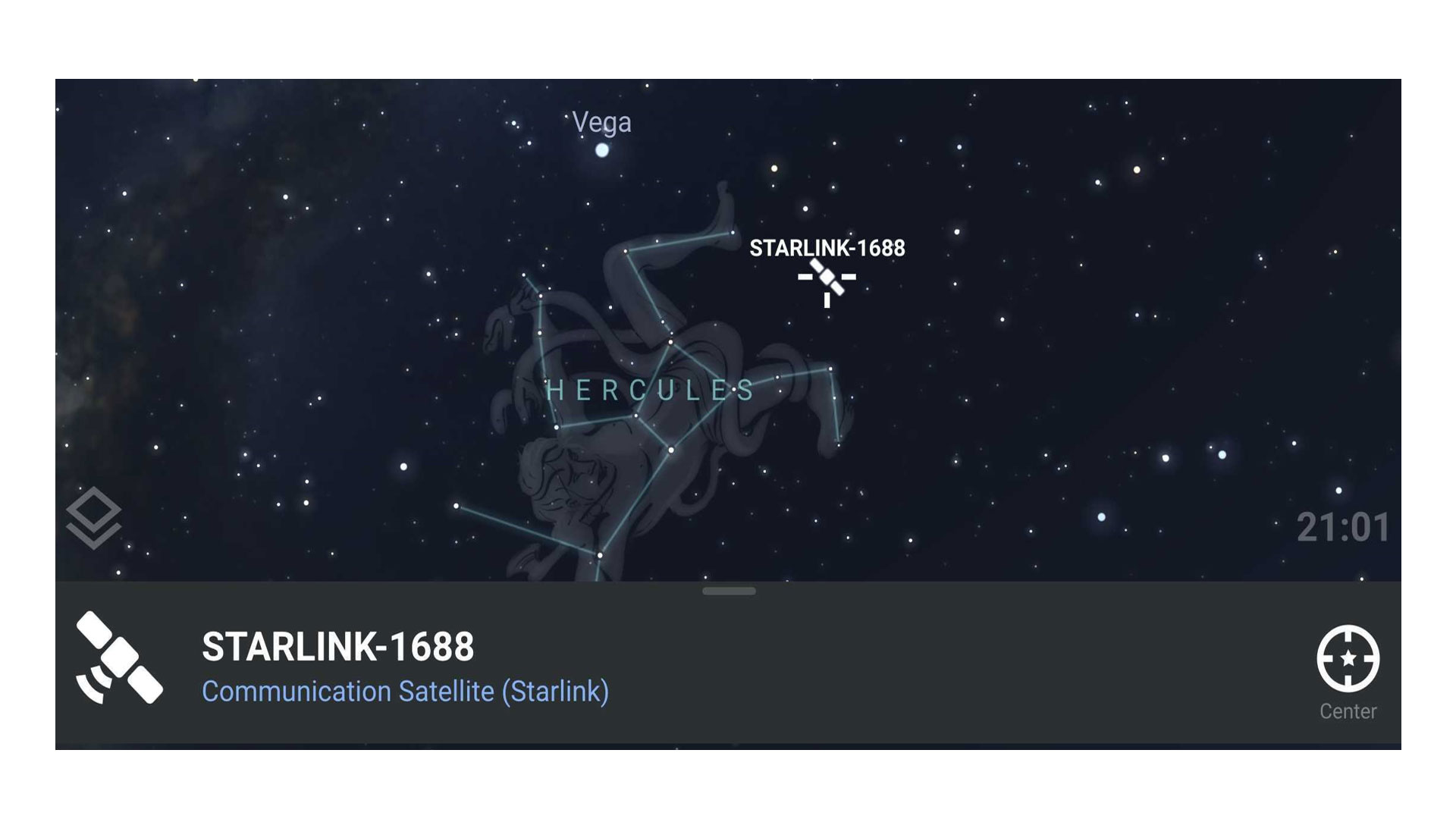Space Verdict
The Stellarium Mobile Plus app is one of the better stargazing apps available, but its navigational controls and asteroid database are lacking in comparison to its direct competitor, SkySafari 3.
Pros
- +
Comprehensive database
- +
Easily connects to most telescopes
- +
Intuitive technology
- +
Beautiful illustrations
Cons
- -
Time controls difficult to reset
- -
Zooming causes image distortion
- -
Limited information on celestial objects
Why you can trust Space.com
Nowadays our phones serve as a digital Swiss Army Knife, ready to provide guidance and functionality at the touch of a finger. Once upon a time, stargazers might have lifted their eyes up to the night sky and wondered what was out there; now we have real-time astronomy maps available at the tip of our fingers with the best stargazing apps. You simply have to point your phone at the stars, and they’ll tell you what you’re looking at; stars, planets, satellites, constellations, even celestial events such as passing meteor showers or super moons.
Stellarium is an established name in star maps and one of the best stargazing apps around, having originated as an open-source planetarium desktop program. The mobile version, Stellarium Mobile Plus, was developed by two of the original creators of the desktop app and provides an illustrative yet realistic map of the stars for iOS and Android devices. This premium app features an ultra-comprehensive map based on the Gaia DR2 database, which has a collection of over 1.69 billion studied stars, as well as all known planets, comets, and most prominent celestial objects from a catalog of over two million nebulae and galaxies - the most comprehensive that any mobile app offers.
It's an incredibly useful app for beginners, especially when combined with some of the best telescopes – or best binoculars – as it allows you to quickly map out the night sky and identify what you're seeing.
Stellarium Mobile Plus review: Functionality
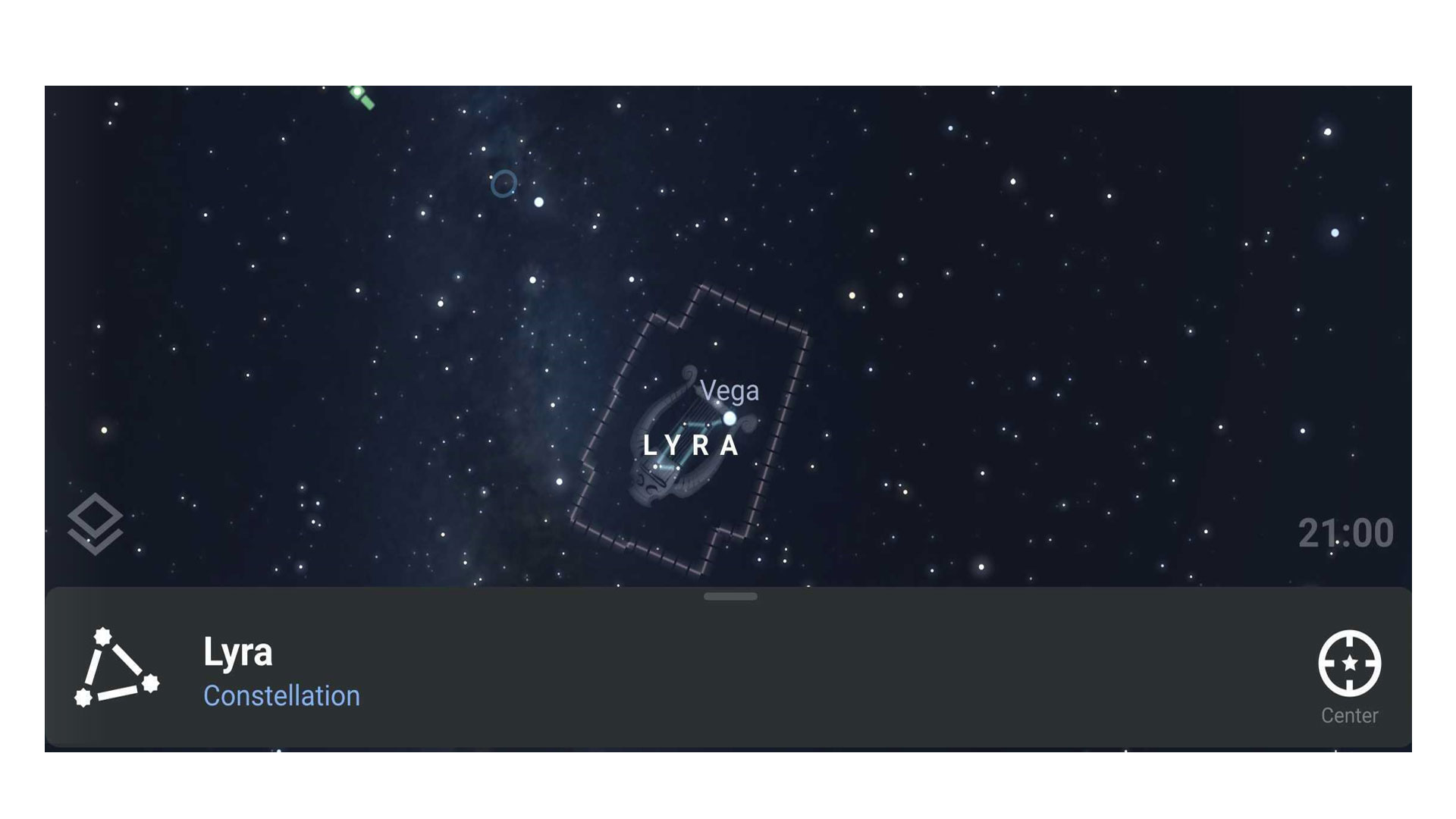
The Stellarium Mobile Plus app uses your phone’s GPS to automatically locate where you are on the planet and presents a map of the stars above you. No extensive knowledge of hundreds of thousands of stars or telescopes is needed. You simply have to tap on an app and you’re suddenly dialed into an astronomer’s dream, with access to a comprehensive database that lets you identify what you’re seeing above you in real-time. You can even link your telescope via the app over Bluetooth or Wi-Fi so you can get a full experience of the night sky.
We tested the Stellarium Mobile Plus app with an iPhone. The app has a minimalistic interface that uses intuitive technology to help you make the most of your star-gazing experience. There’s a night mode to help maintain your eyes’ adaptation to the darkness, and when used offline there’s a reduced but still usable database of two million stars, two million prominent celestial objects, and 10,000 asteroids to review.
When using the app, at the top left of the screen, you will find a down arrow, a star within a circle, and the designation for the star closest to where you last tapped the screen. Pressing the down arrow will show you information about the star's brightness and location in the sky. This is where the app is more limited when compared to others, such as SkySafari 3, where you receive more comprehensive details about celestial objects. The setting section also provides some star lore from different cultures.
To the bottom right of the screen is a gear icon. Here, you can easily locate and label your favorite constellations, planets, and track satellites as they traverse the sky. You can also choose to show or hide gridlines such as the equatorial grid and enable or disable the illustrations behind each constellation, which are beautiful but could be distracting if you’re trying to focus on something specific. You can also turn sensor controls on and off to maintain or adjust the sky view as your phone is moved. There are search and settings icons on the left of the screen. It is possible to search for specific stars in the search bar, although this function can be challenging as it uses a predictive keyboard.
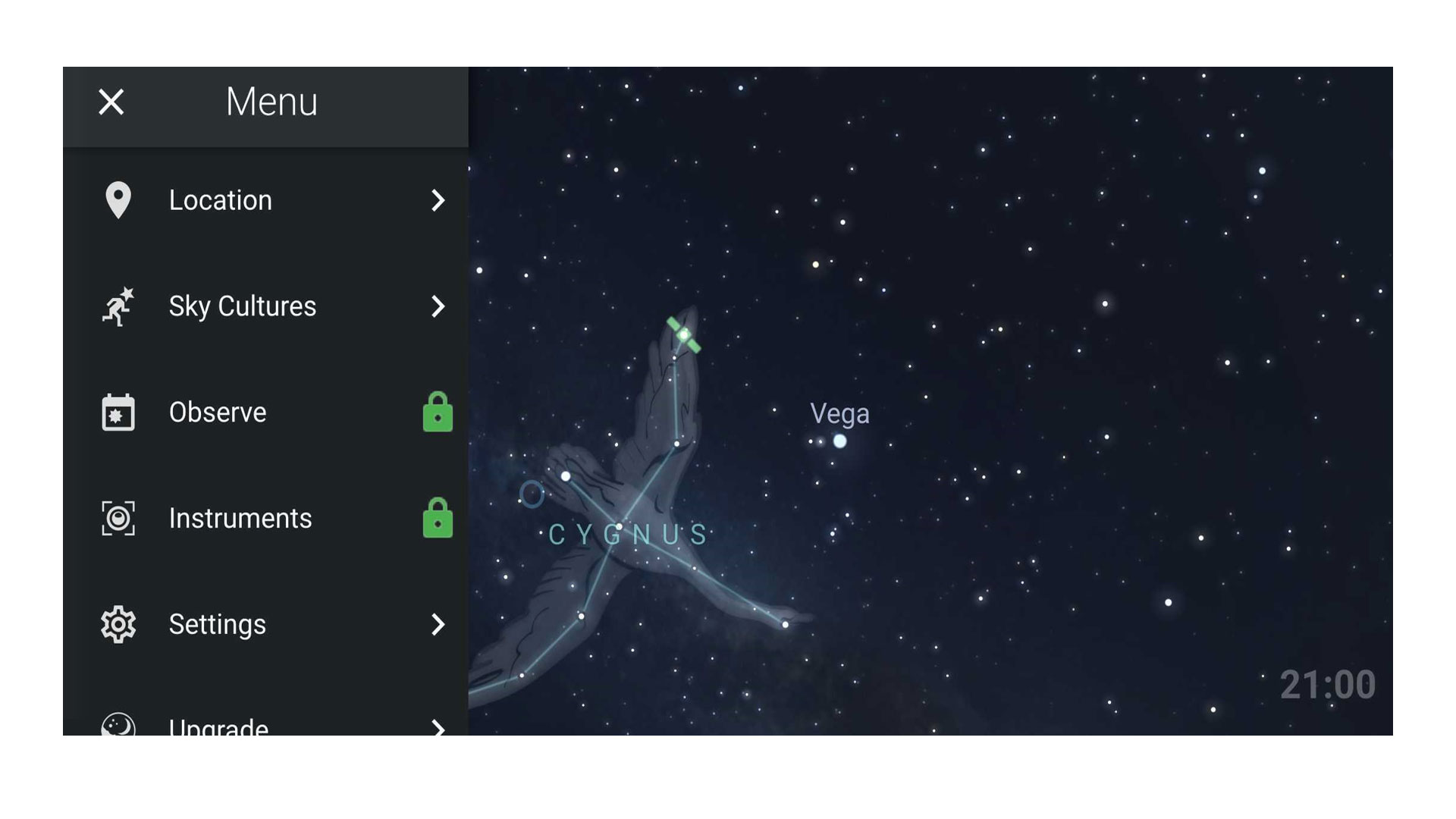
Stellarium Mobile Plus review: Design
During the daytime, the Stellarium Mobile Plus app only shows you what you can see with the naked eye in the daylight — the sun, the moon, and Venus — and gives you the option to fast-forward to the evening to show the night sky. There’s also a fantastic transitional phase to reflect a semi-realistic version of the changing of light between daytime and nighttime. At night, pointing your phone at the sky will reveal the objects above you in the direction you are facing. You can either use the plus and minus buttons at the bottom of the screen or stretch the screen with your fingers to take advantage of the zoom controls.
One impressive feature of the Stellarium Mobile Plus app is the high-definition photos of the moon, nebulae, and galaxies that can be viewed in detail. However, some objects are better presented than others. For example, the Orion Nebula are stunning when zoomed in on, whereas when zoomed in on the Pleiades, their nebulosity is blurred. Some planets don’t appear as brightly lit as the stars, which differs from what you see in the night sky.
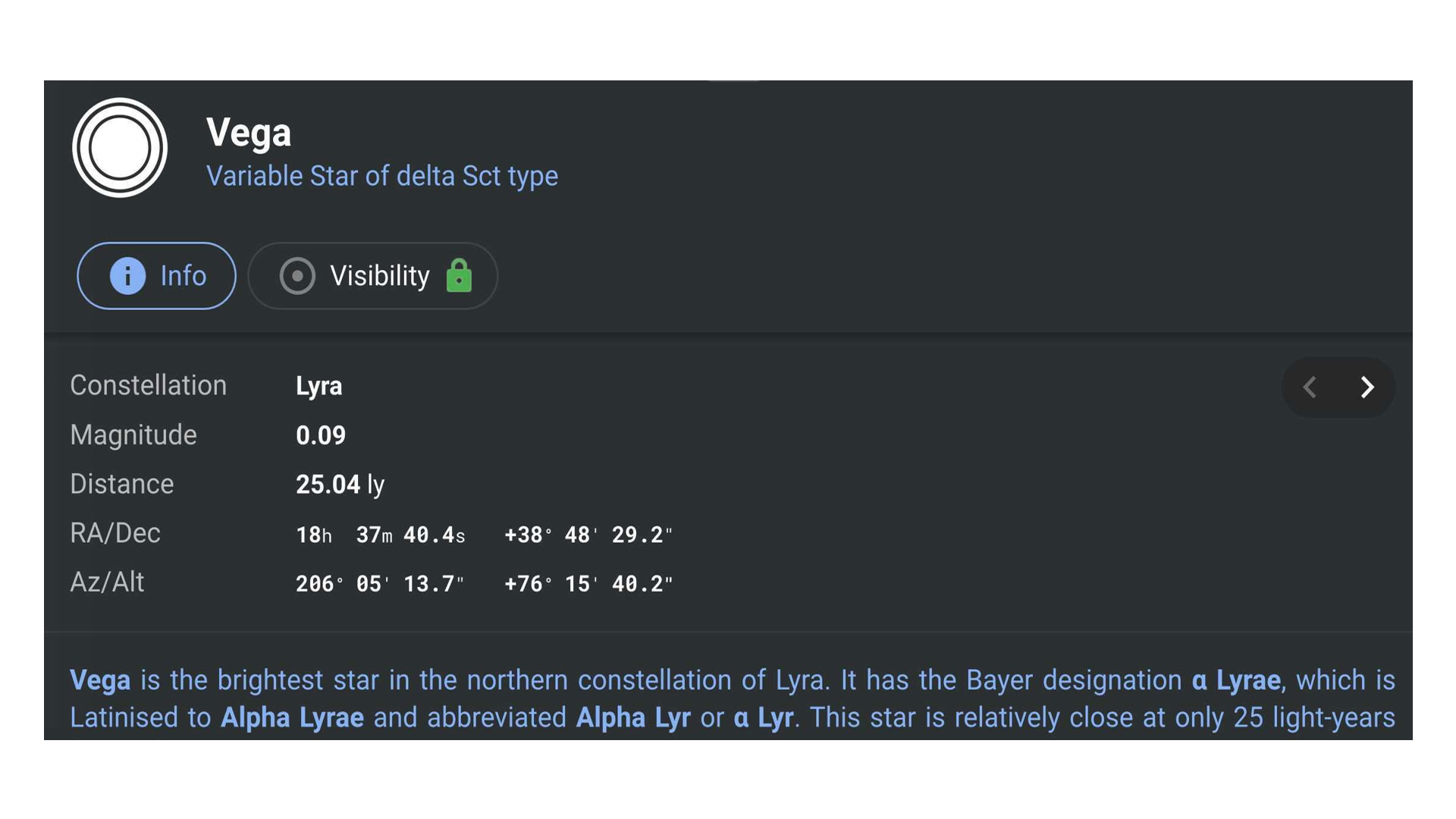
Stellarium Mobile Plus review: Additional features
Have you ever wanted to travel in time? Stellarium Mobile Plus has got you covered. There’s a clock showing the date and time to the lower left, which, when tapped, presents four arrow keys that enable you to control time and watch the motion of the stars over the course of an entire evening. But time travellers beware, the time controls can get a bit difficult to handle, and when overused can become unresponsive. We found it particularly difficult to return to the present moment after playing around with the time controls.
Stellarium Mobile Plus review: Cost
Stellarium Mobile Plus is available on the Apple Store or the Play Store for $13.99. It’s worth noting that the original desktop version also works on a mobile browser, so if you have a great data package and want to save yourself money, this could be a good option. However, the Stellarium Mobile Plus app is usable offline, which helps when you’re in a place with bad signal, as the places that have less light pollution, and are therefore better for stargazing, often are.
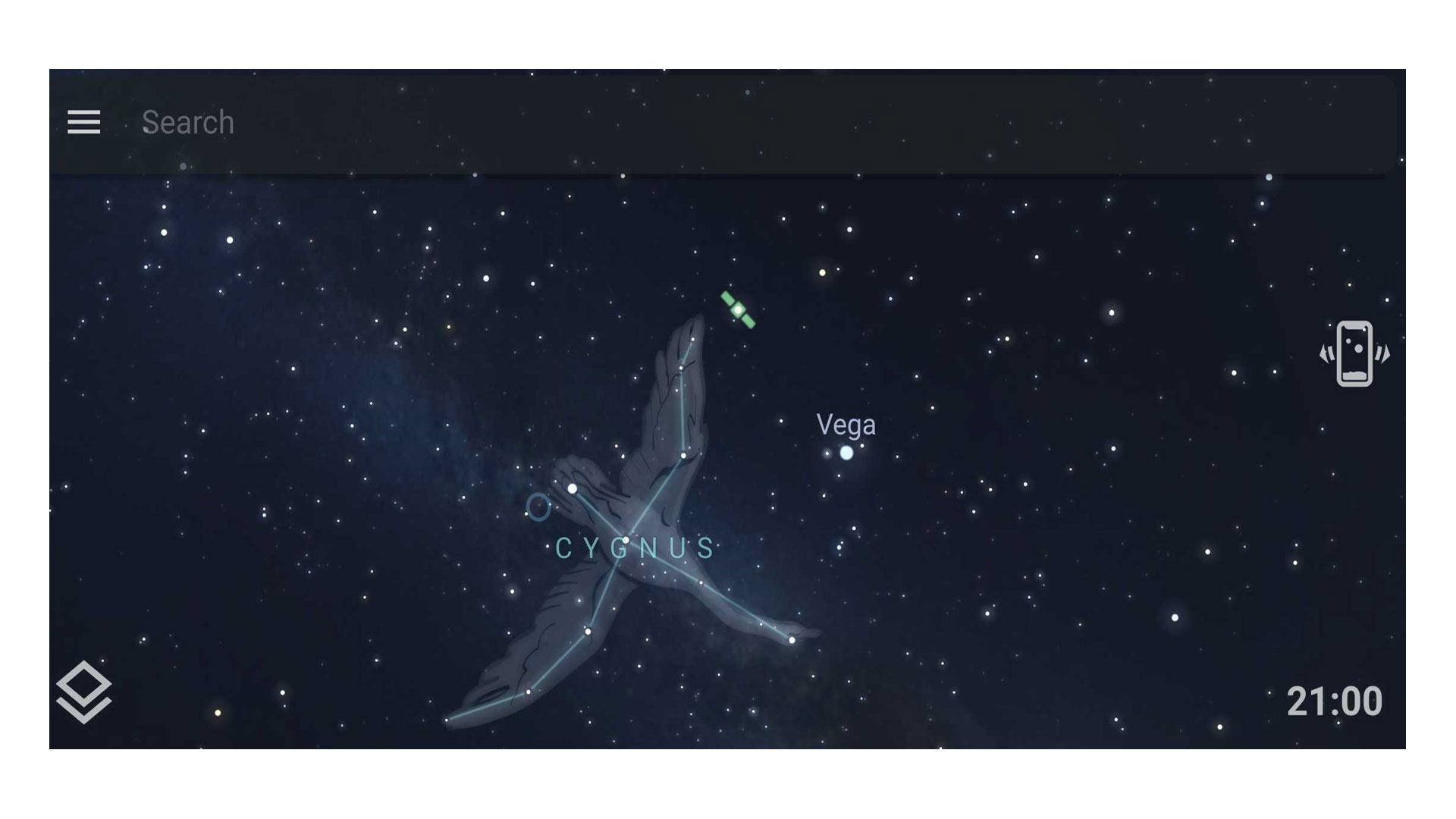
Should you buy the Stellarium Mobile Plus?
Overall, Stellarium Mobile Plus is one of the better stargazing apps out there, with beautiful visuals, mostly realistic depictions of the stars, and containing more stars than any other app. However, the navigation and database of asteroids are lacking in comparison to its direct competitor, SkySafari 3. Sir John Frederick William Herschel once said that “the stars are the land-marks of the universe”; with the extensive database of stars available at your fingertips on the Stellarium Mobile Plus app, more of us can frequently tour these celestial landmarks, and learn more about astronomy.
You can purchase the premium version of the Stellarium Mobile Plus app on the Apple Store for $13.99.
You can purchase the premium version of the Stellarium Mobile Plus app on Google Play for $13.99.
Join our Space Forums to keep talking space on the latest missions, night sky and more! And if you have a news tip, correction or comment, let us know at: community@space.com.
A freelance writer with bylines in multiple national newspapers, Stephanie is a stargazing enthusiast who rates and reviews apps for Space.com.
